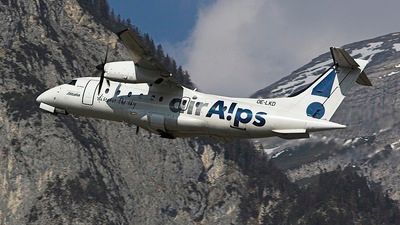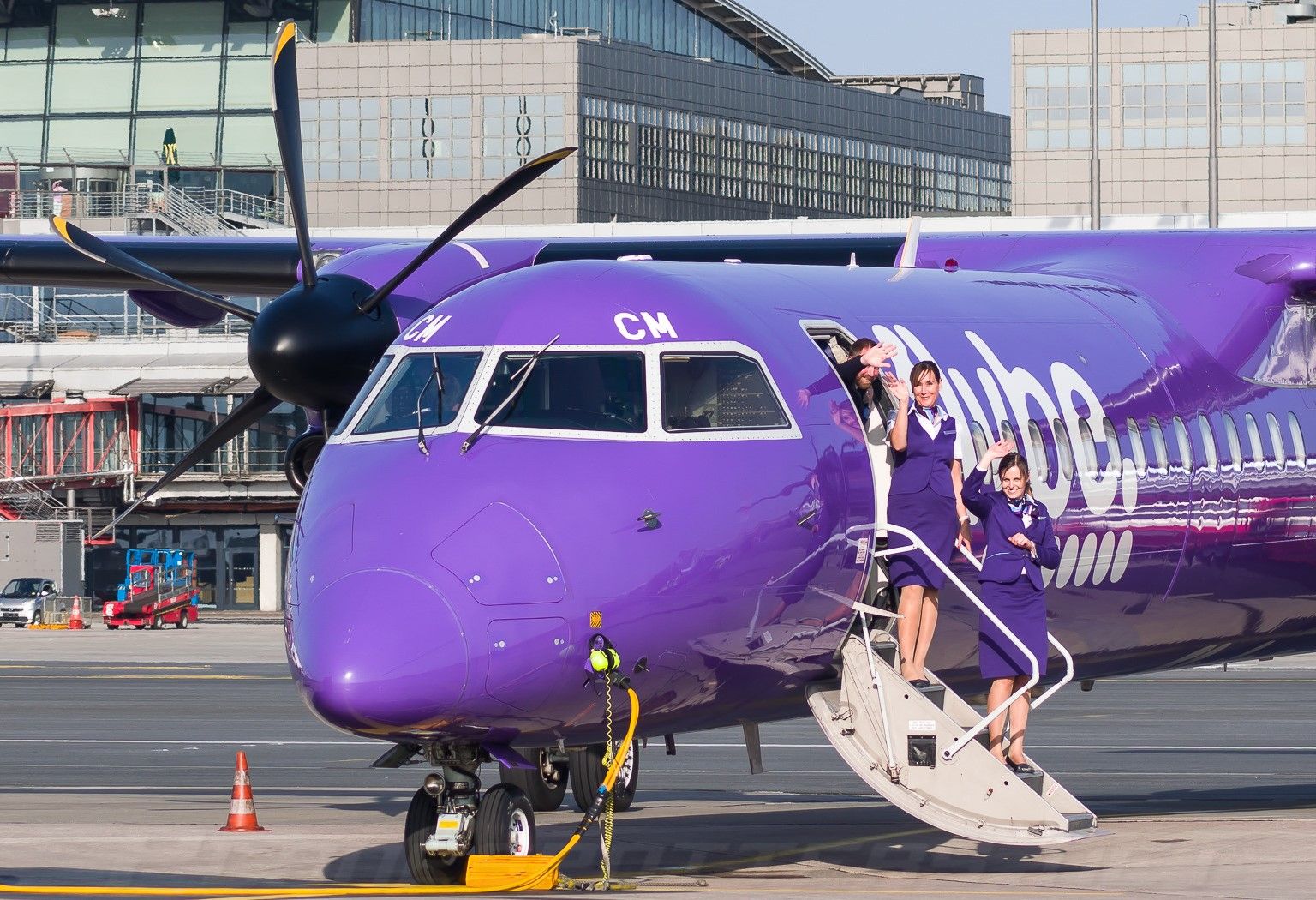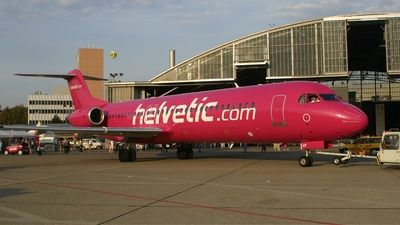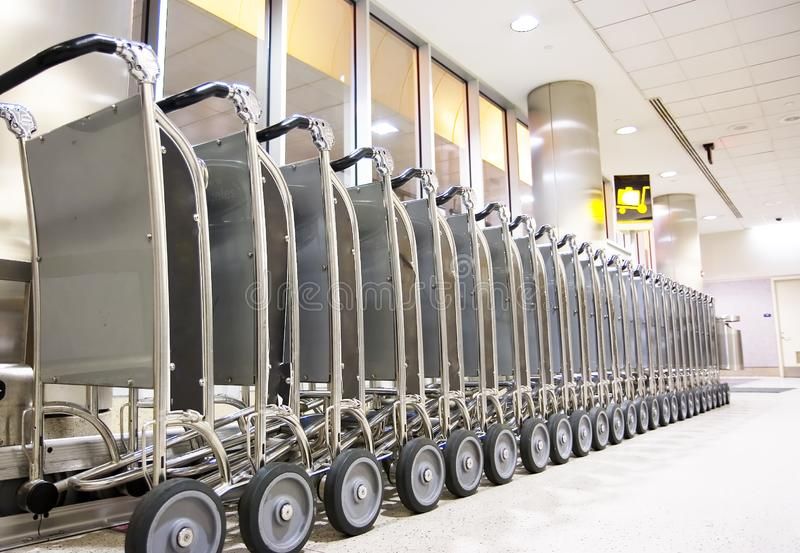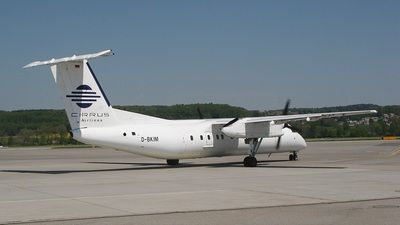Fare Yield Management
In today's competitive airline environment you are continually pressured on Fare Yield, Revenue per Available Seat Kilometre (RASK), or even both. As load factors climb, airlines need to squeeze out as much revenue as possible on every flight and drive revenue through market share.
Also, as economic pressures increase, airlines need to maximise revenue in order to succeed and grow. Airlines have to adapt their business models to meet the current challenges facing the industry. Revenue management provides a number of strategies to help increase and increase revenue.
- Ancillary Revenue Generation
- Business Intelligence and Future Planning
- Interline Partnerships
- Pricing and Revenue Management
- Sales & Marketing Effectiveness
Fare Yield Planning
- Business Model Assessment
- Pricing and Revenue Management Processes
- Pricing Structure Optimisation
- Revenue Management Strategy
- Pricing Strategy and Development
- Fare Class Realignment
- Pricing and Revenue Management Turnaround
- Revenue Integrity Processes and Practices
- Fare Family/Branded Fares Development
- Group Pricing and Group Evaluation
- Pricing and Revenue Management Organisation Design
- Reporting, Measures And KPI Development
- Alliance and Interline Pricing
- Ancillary Revenue Generation


Key Performance Indicators
• Pax Load Factor (%)
• Number of pax (k)
• Average trip length (RPKs / Pax) (km)
• Average revenue per pax (Pax revenue / Pax)
• Total yield (Total revenue / RPK) (cent / RPK)
• Total revenue per ASK i.e. RASK (cent / ASK)
• Passenger yield per RPK (pax revenue / RPK)
• Passenger revenue per ASK (PRASK) (cent / ASK)
• Number of flights
• Number of airports served
• Number of countries served
• Number of aircraft
• Fleet average age
• Block Hours (BH)
• Ancillary revenue per pax

